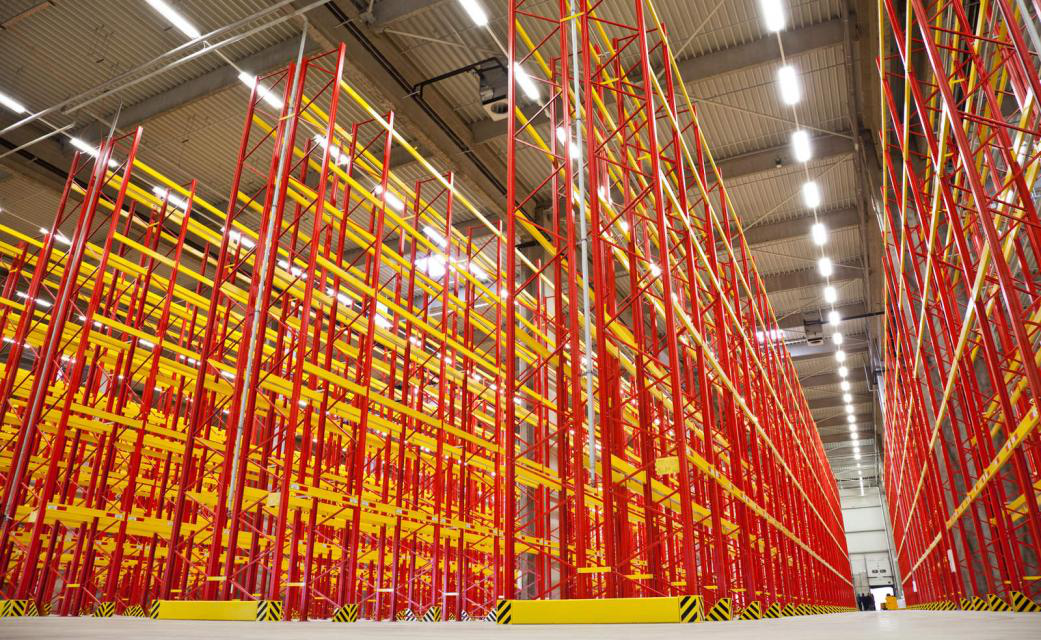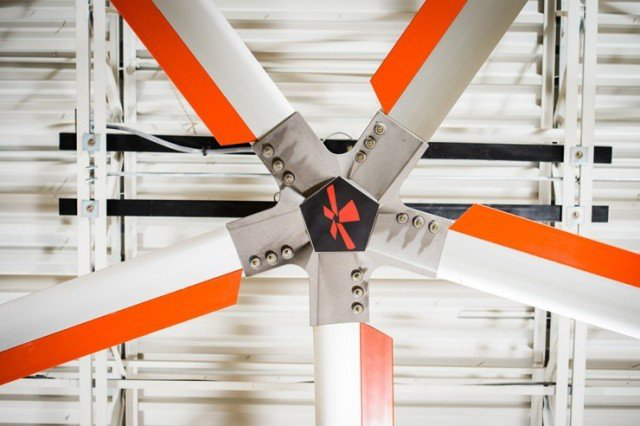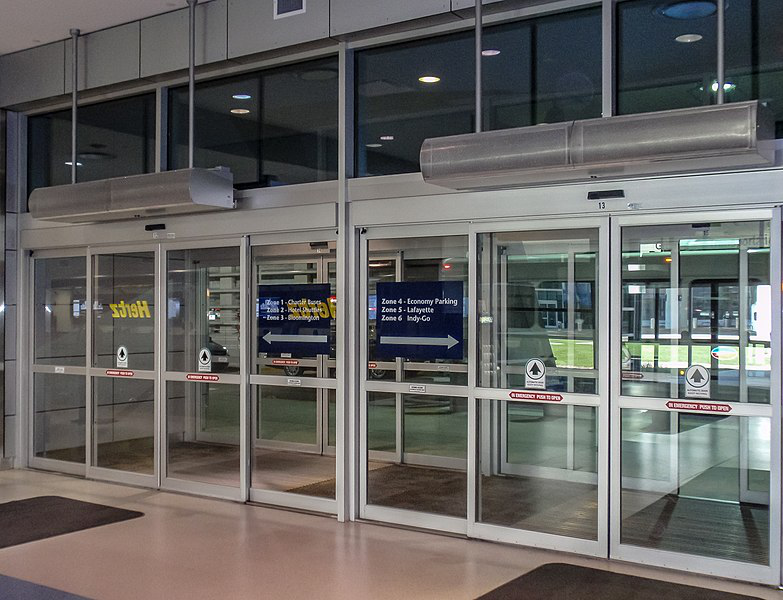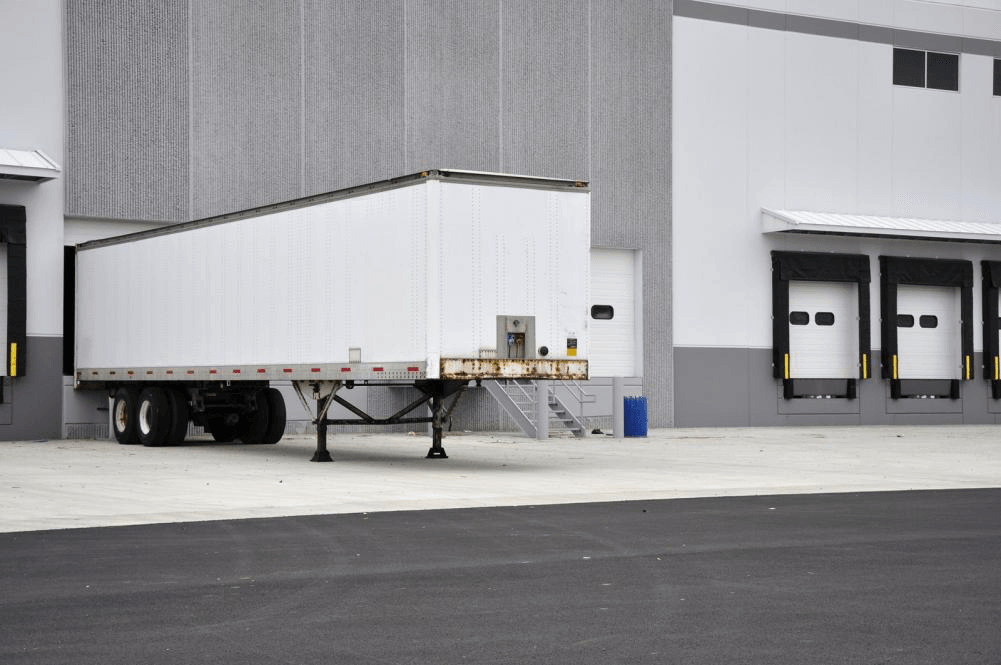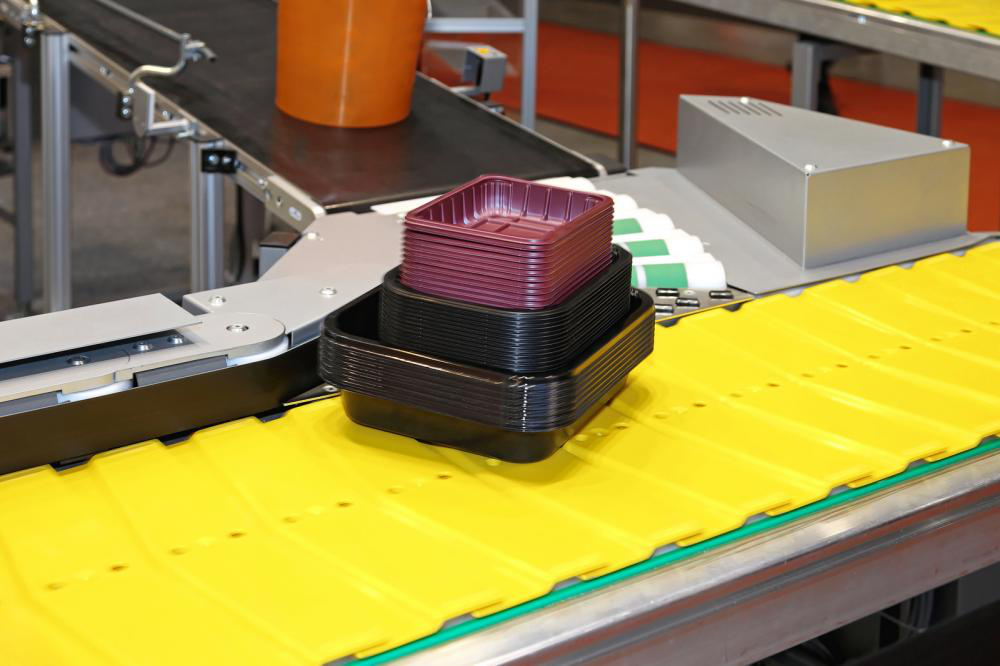For Facility Owners: Choosing the Right Cantilever Rack for Your Facility

Cantilever racks serve as ideal storage solutions for long, bulky and heavy items that can’t be stored on conventional pallet racks. These racks come in a variety of types, capacities and sizes. In this article, we discuss how you can specify a cantilever rack for your specific application, and in turn, choose the right rack for your facility.
Choosing the Right Cantilever Rack for Your Facility
To choose the right cantilever rack for your facility, you first need to establish its specifications.
Determinethe column spacing
Start by determining the column spacingbest suited for your application.
Column spacing is defined as the spacing between the upright columns of a cantilever rack, measured center to center.
To determine the initial rack column spacing for your specific application:
1)Measure the length of your load
2)Divide the length by 2
Test the column spacing by using wood blocks on the floor. If the load is sagging between the wood blocks, add another wood block; the columns spacing will now reduce to one-third of the load length. Keep testing until the deflection is eliminated. This would be your final column spacing.
Specify the arms
Next you need to specify proper arms for the rack.
Specifying arms for the cantilever rack includes:
· Specifying arm type –Rack arms come in two configurations: 1) flat, and 2) tilted. Flat arms are used for storing flat-shaped loads while tilted arms are used for storing cylindrical loads.
· Specifying arm load capacity– The load capacity of the arm is calculated by dividing the weight of the load by the total number of arms that would support the load.
· Specifying arm length – The length of the arm should at least be equal to the depth of the load to avoid overhangs.
· Specifying arm spacing – The spacing between two arms on a column is the sum of load height, clearance height and arm height.
Calculate the rack height
The third step in the process is calculating the rack height.
The rack height is the total height of your rack column. It is calculated as follows:
1)Multiply the arm spacing by the number of storage levels that you intend to install on a single column on the rack.
2)Add (base height x 2) to the result.
This would give you the total rack height. Make sure you have sufficient ceiling height to accommodate this type of cantilever rack inside your facility. If the rack height exceeds the height of the room, reduce the number of storage levels.
Find thecolumn load capacity
Last but not the least, determine the maximum load capacity of the rack column.
To determine the maximum load capacity of the rack column, simply multiply the arm load capacity by the total number of storage levels that you intend to install on a single column on the rack.
This completes the cantilever rack specifying process. You can now shop from a range of storage products that meet your established specifications.
KD Equipment is your one-stop shop for everything material handling and storage. We sell a complete range of industrial material handling and storage solutions—including cantilever racks—to businesses in Florida. Visit our online product section to view our complete product catalogue.
